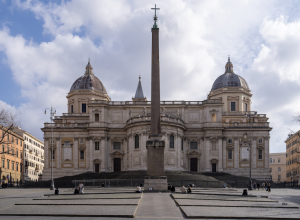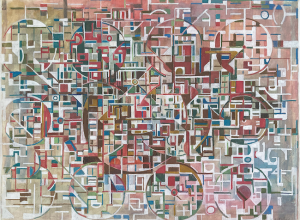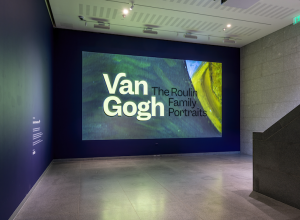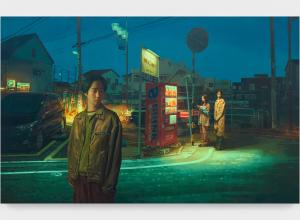Venice’s greatest tourist attraction is the stunning St Mark’s Basilica. Dating to the 11th century, the Byzantine wonder is clad with opulent gold mosaics inside and out. Crowds wait all day for their turn to marvel at its grandeur. Nicknamed the Church of Gold, gorgeous details too innumerable to list include the Pala d’Oro, the church’s impressive altar.
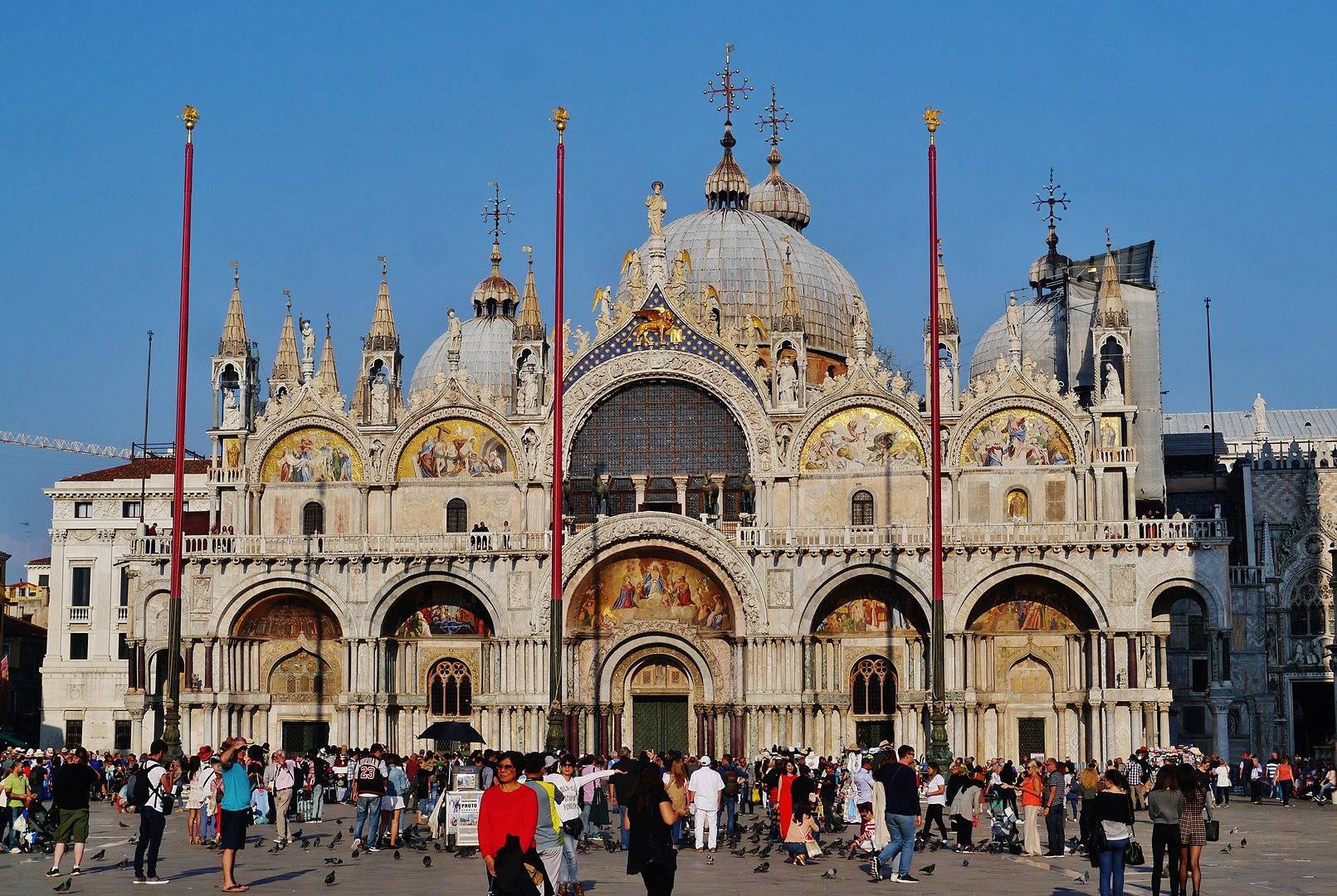
St Mark's Basilica
This fall one of the world’s greatest cultural treasures has been under siege. Venice, often called the Floating City, has been submerged in nearly six feet of water. Seasonal tidal floods, called acqua alta ("high water" in Italian) are an annual event to be expected in Venice. This year’s high waters, however, have been unprecedented, coming close to breaking the city’s all-time record for flooding, leaving 80 percent of the city underwater and causing at least $1 billion in damage. While decades-old plans to build a protective seawall around the city have stalled, Venetians and non-natives alike fear for the safety of one of the world’s most magical cities. Here are nine artistic treasures that could fall prey to Venice’s catastrophic flooding.
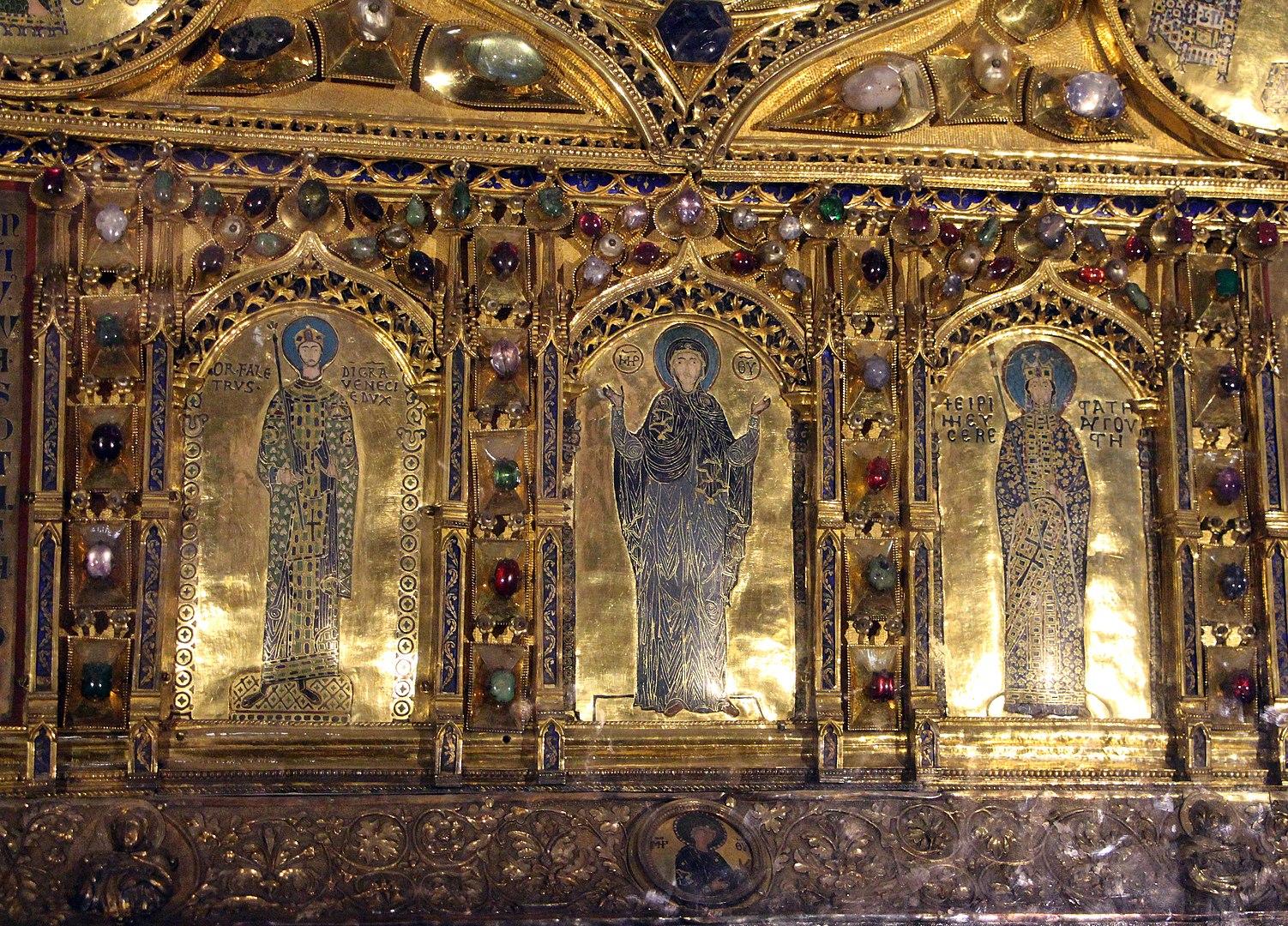
Doge Falier and Empress Irene, on the Pala d'Oro
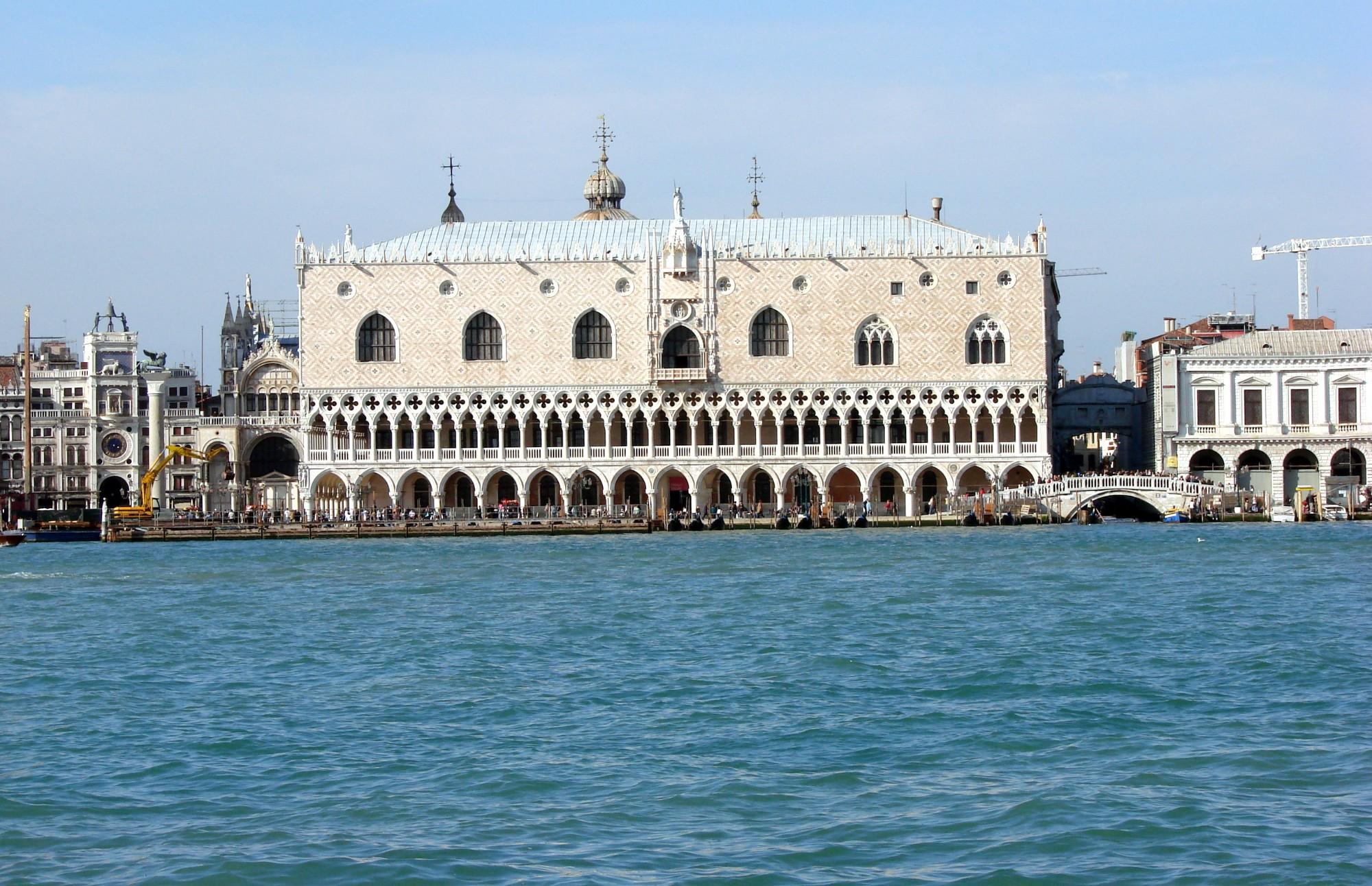
The facade of the Doge's Palace.
The neighboring Doge’s Palace is another of Venice’s most iconic landmarks. Built in the Venetian Gothic style, many may recognize it from Monet’s moving images of the palace from the water. Like St Mark’s Basilica, Doge’s Palace is an architectural treasure in and of itself, in addition to housing many great works of art. These include Vittore Carpaccio’s The Lion of St Mark, a depiction of the city's emblem.
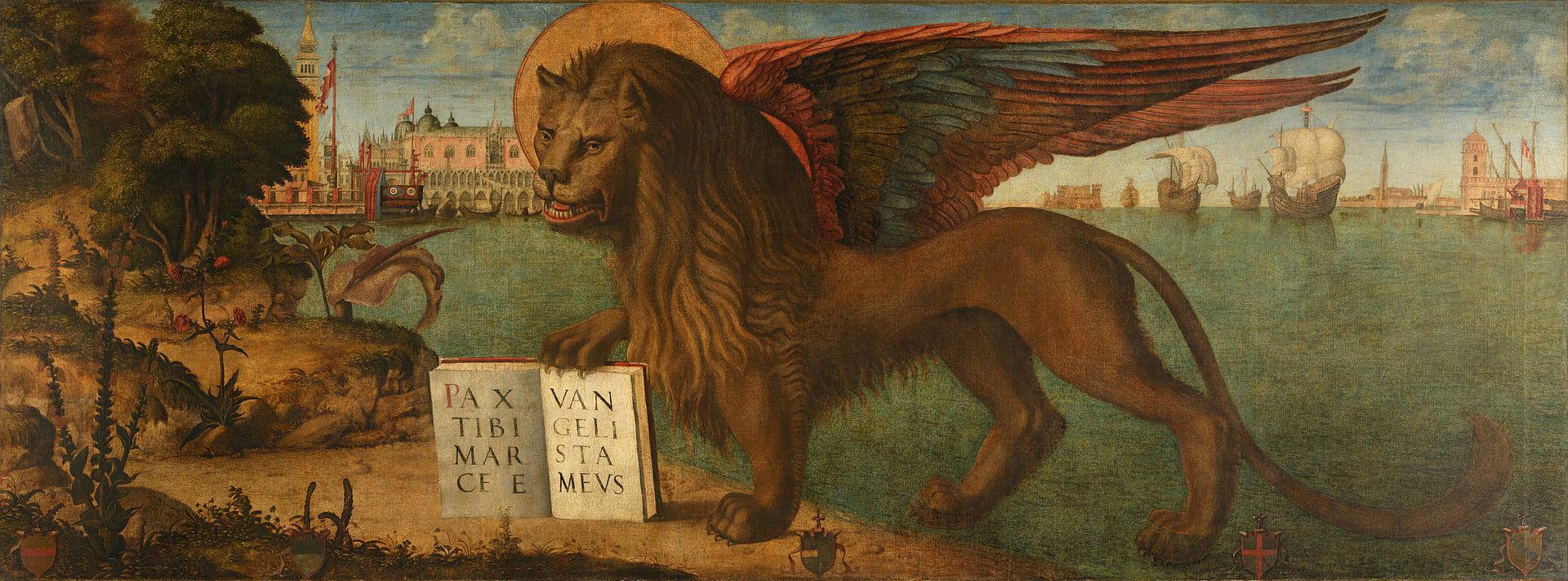
Vittore Carpaccio, The Lion of St Mark, 1516. Tempera on canvas.
A native of Venice, Vittore Carpaccio was a master of the early Venetian Renaissance. His works are found throughout the city, the most famous of which is the Legend of St. Ursula, housed at the Gallerie dell'Accademia.
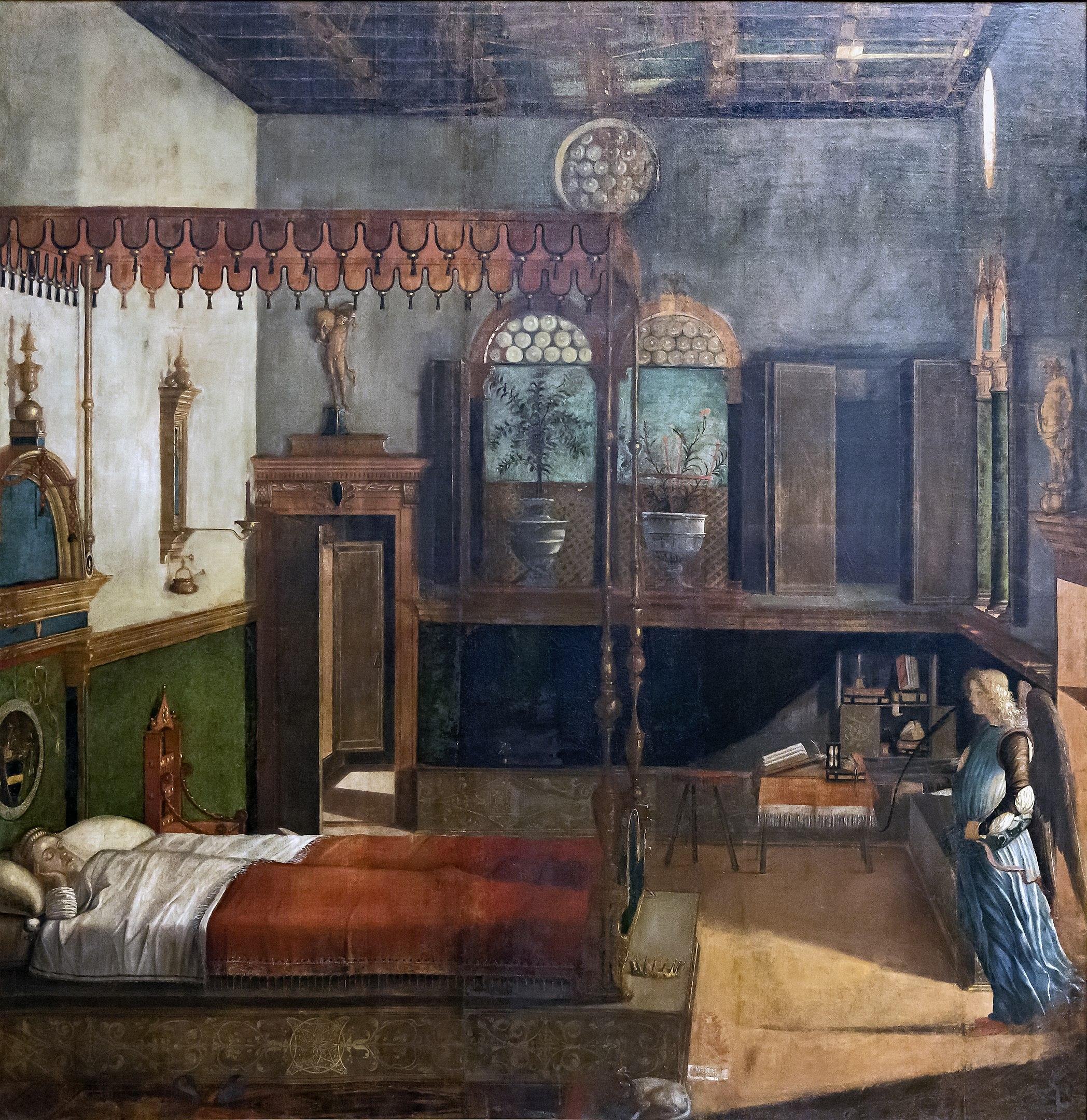
Vittore Carpaccio, The Dream of St. Ursula, 1495.
The Gallerie dell'Accademia is another treasure trove of important Venetian works, holding some of the great masterpieces from another of Venice’s talented sons, Giovanni Battista Tiepolo. His lush Rococo works are considered masterworks of the style.
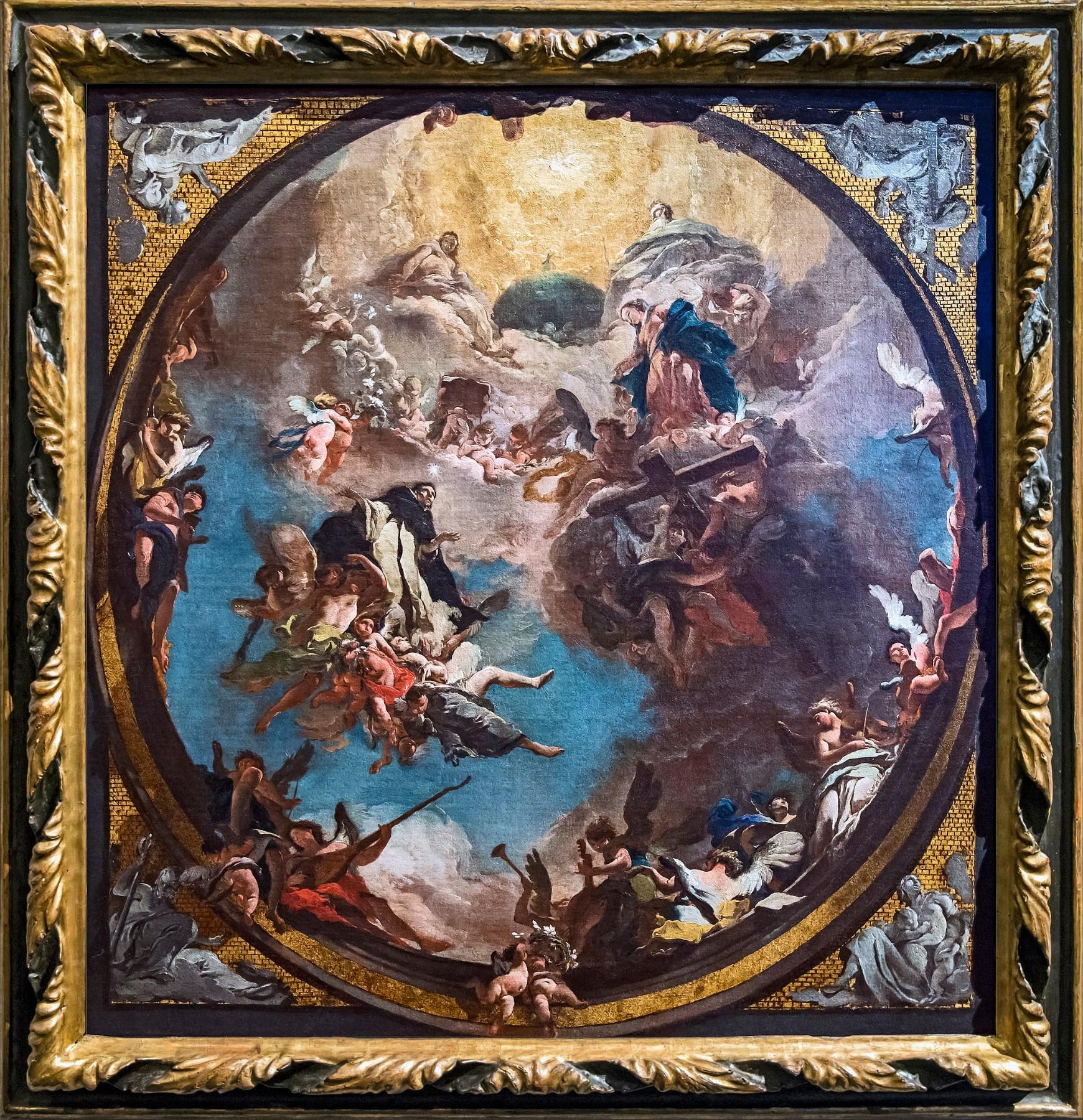
Giovanni Battista Tiepolo, The Glory of St. Dominic, 1723.
Perhaps Venice’s greatest museum, the Gallerie dell'Accademia contains masterpieces of Venetian painting up to the 18th century, including works by Tiepolo, Tintoretto, Titian, Veronese, and da Vinci’s famed Vitruvian Man.
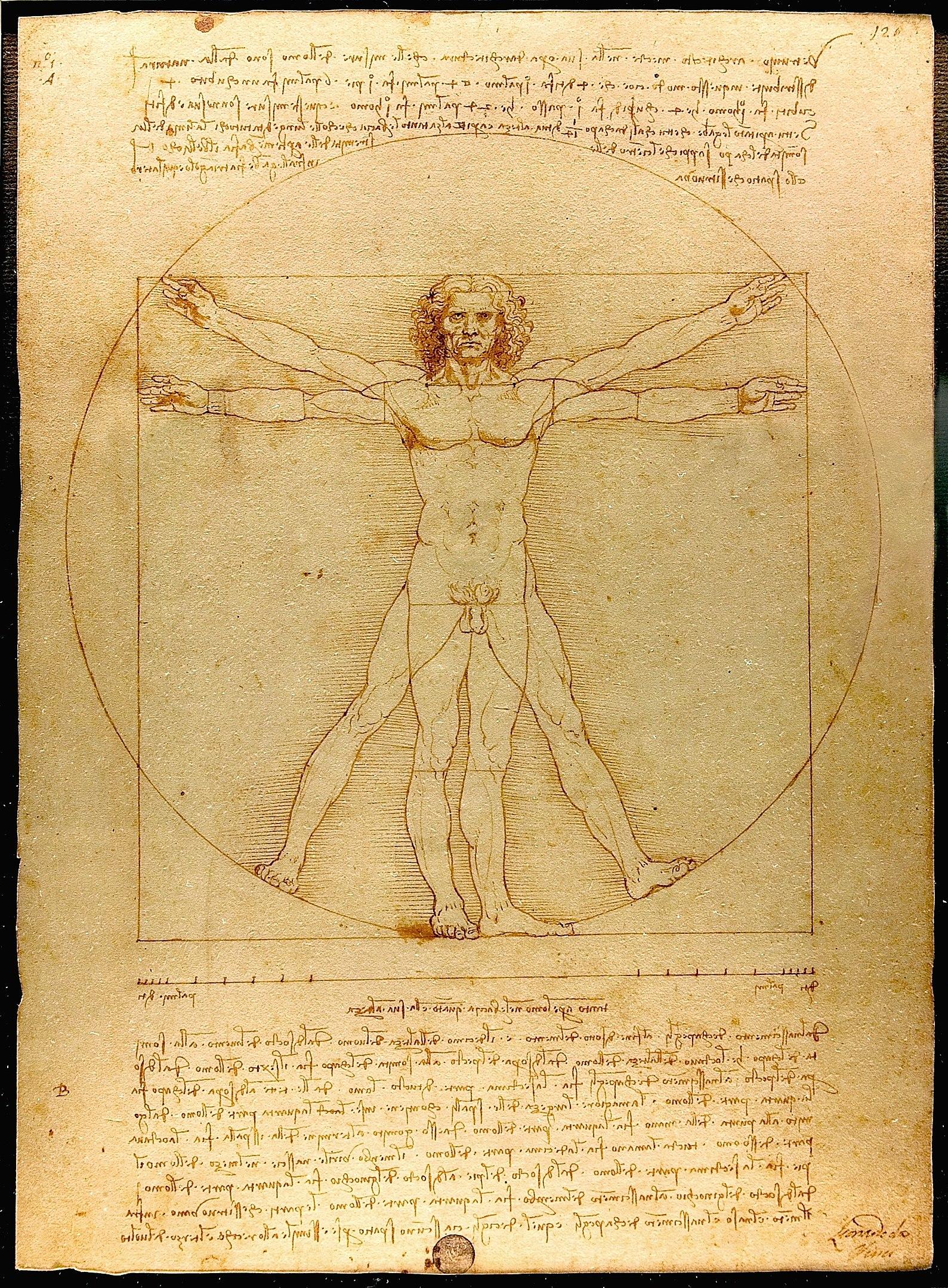
Leonardo da Vinci, The Vitruvian Man, c.1490.
Other works by these greats are scattered in churches and palazzos throughout the city. The Basilica di San Giorgio Maggiore houses several of Jacopo Tintoretto’s greatest works, including The Last Supper and The Jews in the Desert.
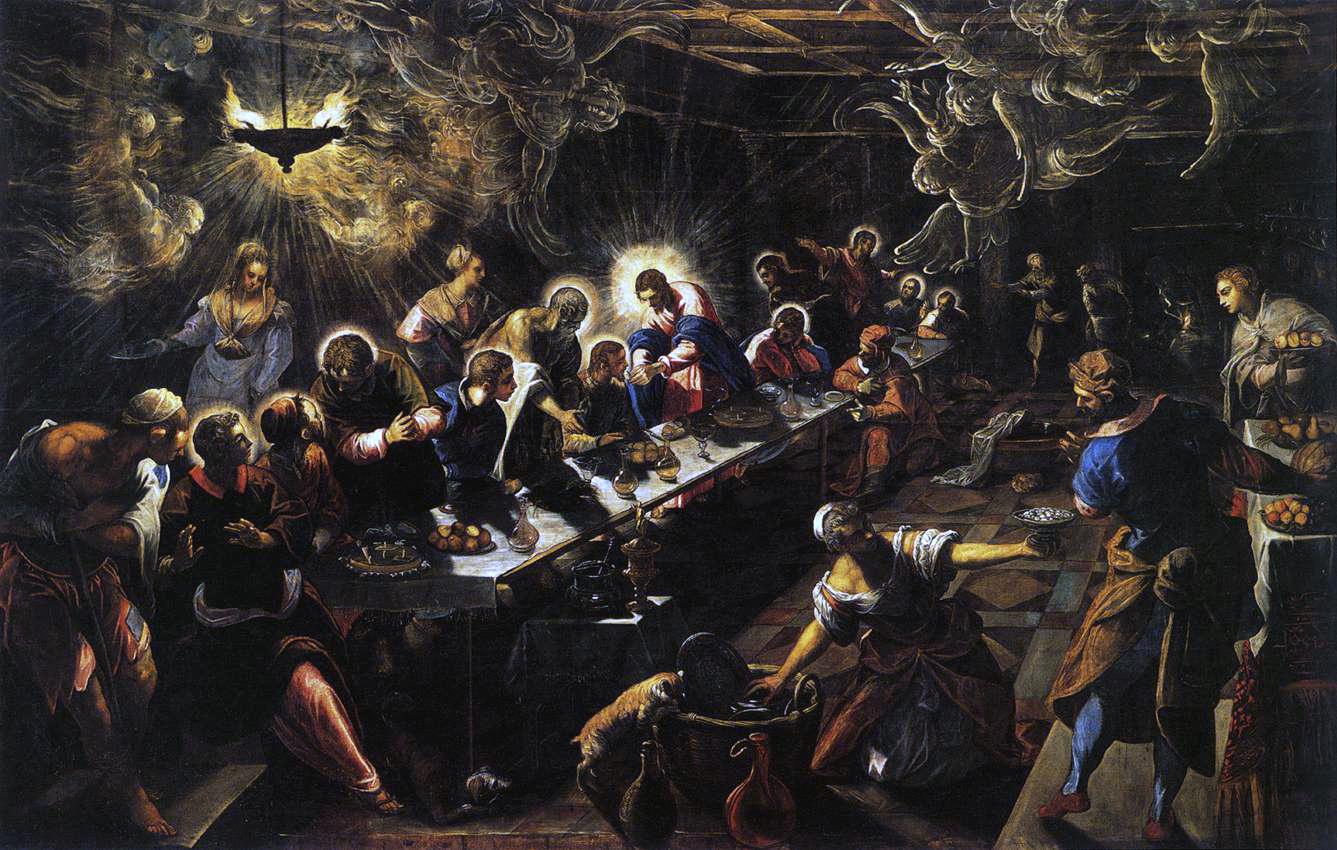
Jacopo Tintoretto, The Last Supper, 1592–1594. Oil on canvas.
Tintoretto’s contemporary and sometimes collaborator Paolo Veronese painted his own massive version of The Last Supper. Measuring 18 by 42 feet, the work came under scrutiny for depicting unsavory characters amongst the saints in this sacred scene. For this offense, Veronese was accused of heresy, leading the artist to change the title of the work to The Feast in the House of Levi, thus side-stepping the controversy. The work hangs at the Gallerie dell'Accademia.
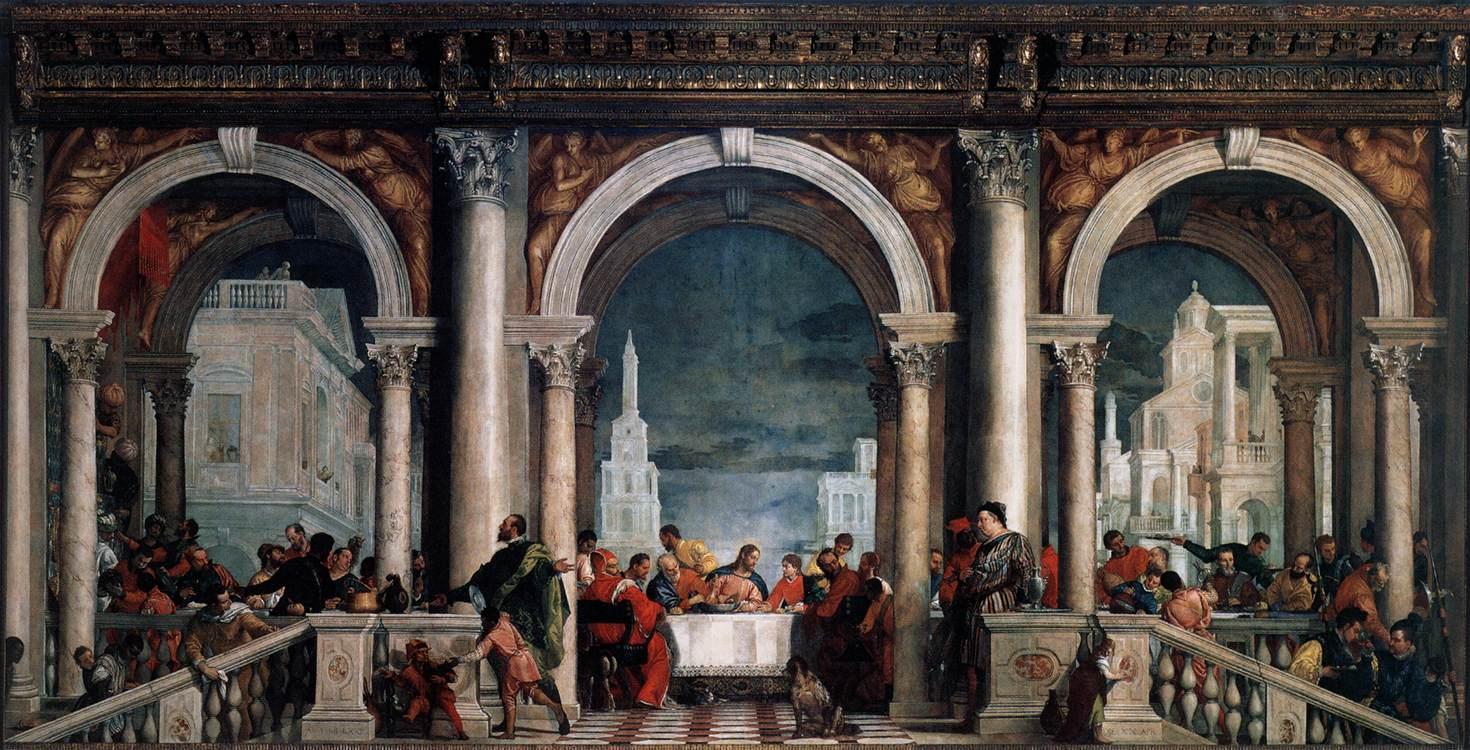
Paolo Veronese, Feast in the House of Levi, 1573.
Around the world, people are reaching out to help Venetians in their time of need. There are many options for sending aid to Venice, but the London-based non-profit Venice in Peril is focused on the art and monuments of the city.





